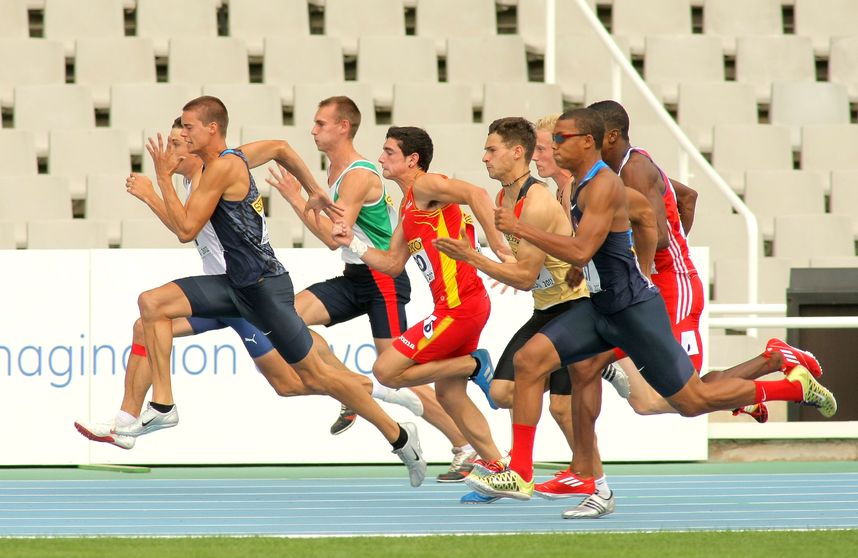Note that your final mark will not be saved in the system.
Aerobic and Anaerobic Exercise GapFill
You must fill all the gaps before clicking ‘Check Answers!’

When we exercise, we are working either aerobically or . The energy system used by the body depends on whether the exercise being completed requires oxygen to provide the working muscles with energy. If oxygen isn’t needed by the muscles, the body works . When the body needs extra oxygen at the muscles, the body works aerobically.
Aerobic exercise is exercise that requires the presence of to provide the muscles with energy. It can be summarised as: + oxygen > energy + + water.
Activities such as long-distance running require the aerobic system. This is because long-distance running is a -intensity exercise carried out over a long period of time.
In contrast, exercise is exercise that is completed without the presence of . It can be summarised as: > energy + .
The energy needed at the muscles is already stored in the muscles. Sprinting events, such as the 100 m sprint, use the anaerobic system. This is because sprinting is a -intensity event over a short period of time. acid is produced as a by-product which the body will need to .
After completing anaerobic exercise the body has an ‘oxygen debt’ which it needs to repay. This is why after strenuous, high-intensity anaerobic exercise you have an increased breathing rate to take in oxygen. This is better known as EPOC (Excess Post-Exercise Oxygen ). As a result, the athlete will begin to breathe heavily after high-intensity exercise to repay this debt. The more intense and longer in duration the exercise, the larger the oxygen debt will be.
Some sports, such as rugby and boxing, require a mixture of both the and anaerobic systems. Boxers require the anaerobic system to provide powerful muscle contractions, but also require the aerobic energy system to last the full 12 rounds without fatiguing. Rugby players require the aerobic energy system for jogging into position and lasting the full 80 minutes, but will utilise the anaerobic energy system for short bursts in attack and for rucking/mauling.